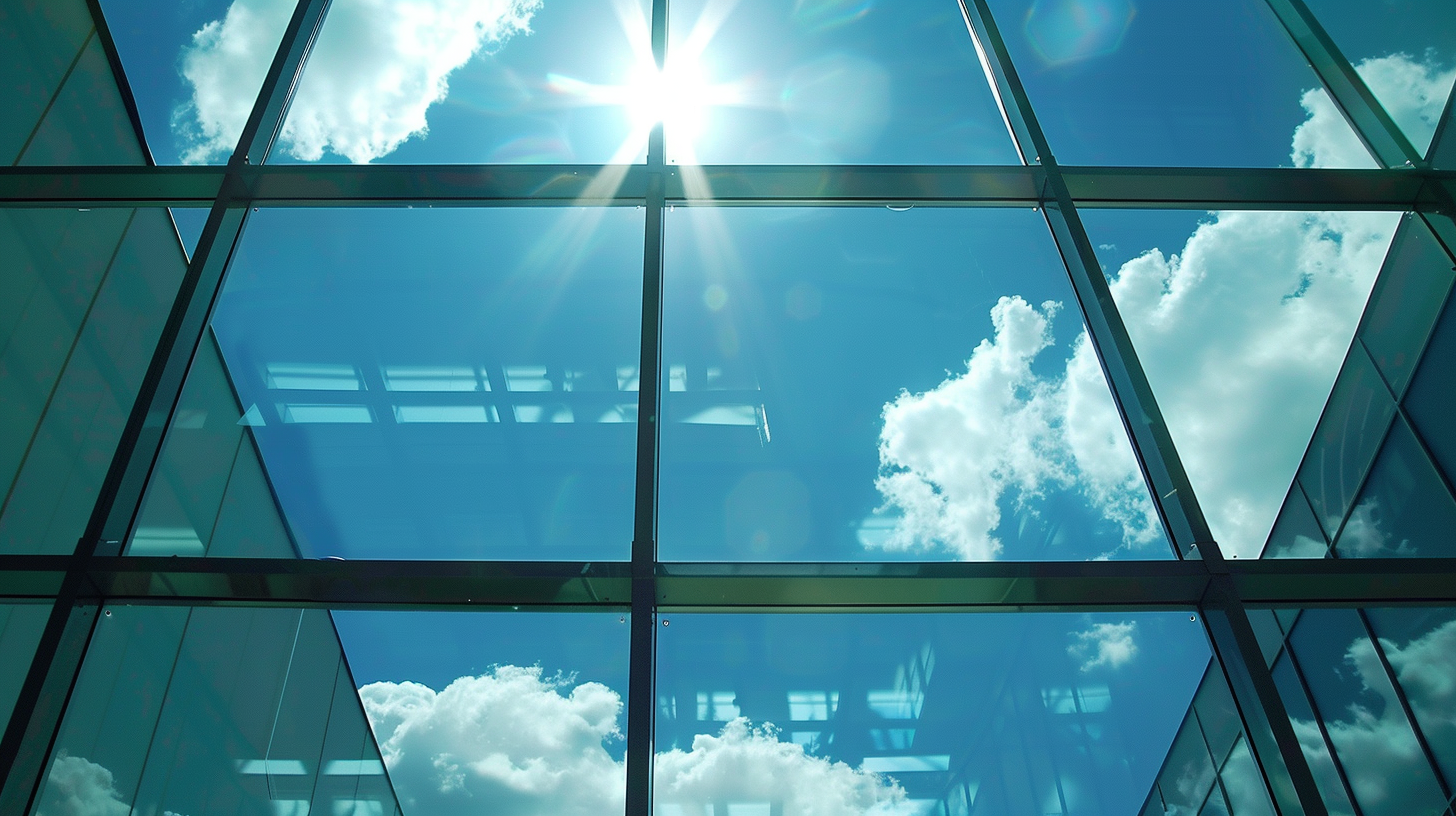Why Choose External Solar Control Films Over Internal Ones?

In this blog post, we’ll outline the key differences between external and internal solar control films, along with their respective advantages and disadvantages.
In recent years, the market has seen a surge in providers offering solar control films designed for internal glass surfaces, often equating them to external films in their sales pitches. A common argument in favor of internal solar control films is their lower cost. Due to the lower quality of materials and the simpler installation process on internal surfaces, these films do tend to be cheaper. However, we firmly believe that the price-to-quality ratio is, and likely always will be, significantly better for external solar control films.
🌞❄️ Superior Heat Management – Unlike internal films, which must cope with glass that has already been heated and allow the heat to disperse into the interior, external films work much more efficiently by blocking heat at the outer surface of the window before it enters the building. This means that external films keep indoor spaces significantly cooler and more comfortable, even on the hottest summer days.
💡💲 Energy Efficiency and Cost Savings – Because external films prevent heat from entering the building, the indoor climate remains cooler and more stable. This reduces the need for cooling systems and air conditioning, leading to greater energy savings and lower electricity costs.
👀🏢 Maintained Visibility and Improved Aesthetics – External solar control films help maintain clear visibility from the inside, while also providing privacy and enhancing the building’s exterior appearance from the outside. In contrast, internal films can sometimes affect the clarity of windows and the view from inside out.
🌦️🛡️ Durability and Weather Resistance – External solar control films are designed to withstand harsh weather conditions such as rain, wind, and snow, giving them a longer lifespan compared to internal films, which may degrade more easily over time. This is largely due to the higher quality of materials used in external films, as well as their ability to handle the direct impact of weather elements.
❄️🔒 Year-Round Installation – One advantage of internal solar control films is that they can be installed year-round, unlike external films, which require a stable temperature of around 10°C throughout the day and night for proper installation.
In Summary:
Unlike internal films, which are installed on the inside of the window and must deal with sunlight and heat that has already penetrated the glass, external solar control films offer significantly more effective protection by reflecting solar radiation before it reaches the window glass. This makes external films far more effective at reducing heat and UV radiation. Additionally, external films are more durable and long-lasting, as they are designed to withstand direct weather elements like strong winds, rain, and snow. This makes them a long-term investment in protecting your property, making them the ideal solution for the variable climate in Estonia. 🌧️❄️☀️
29.02.2024
Why Choose External Solar Control Films Over Internal Ones?






